The standard conversion ratio for fresh basil to dried basil is 3:1 — meaning 3 tablespoons of fresh basil equals 1 tablespoon of dried basil. This article explains why this ratio works, how to use it, and other essential tips for substituting basil in your recipes.
Basil is one of those spices that can really elevate a dish when used correctly, but getting the quantity right between fresh and dried forms is more of an art than many realize. Whether you're a seasoned chef or just someone who loves whipping up a quick pesto, this post will help you keep your culinary creativity flowing—no matter which form of basil you have handy.
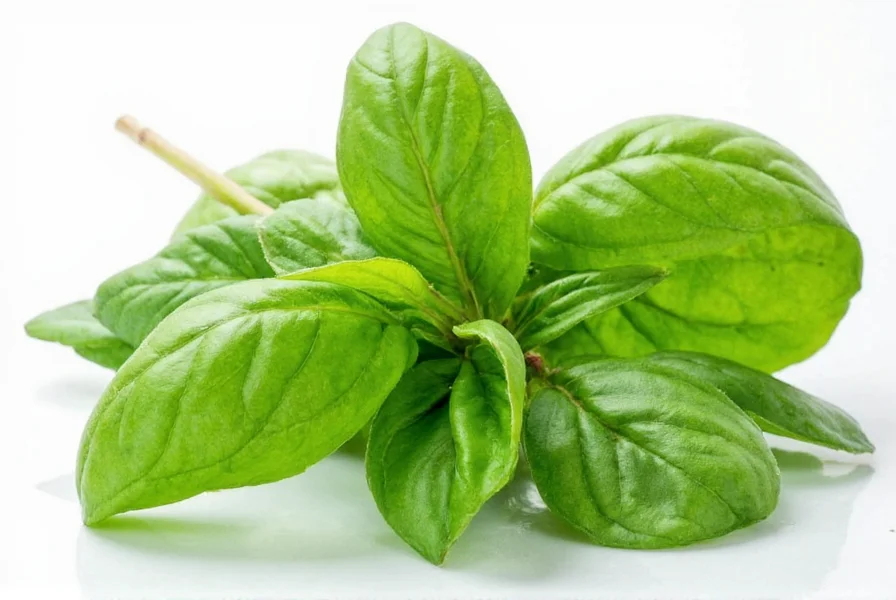
Table of Contents
- Why Basil Matters in Cooking
- Flavor Profiles: Fresh vs. Dried Basil
- The Ultimate Conversion Guide: Fresh to Dry Basil Equivalent
- Cooking Tips for Using Both Forms
- Buying Guide: What to Look For When Purchasing Basil
- Storage Tips to Maximize Shelf Life
- FAQ: Everything You've Wanted to Ask About Basil
- Conclusion: Master the Basil Balance
Why Basil Matters in Cooking
Basil isn't just another green herb—it's a staple ingredient across cuisines, especially Italian. From caprese salads to pasta sauces and pesto, its bright, peppery, slightly sweet aroma adds depth and freshness to dishes. The two most common forms are:
- Fresh basil leaves (usually found in bunches or live plants)
- Dried basil (often sold in spice jars or bulk bins)
While both come from the same plant, their uses, potency, and timing in recipes vary significantly. Getting the substitution wrong can lead to underwhelming flavors or overpowering bitterness.
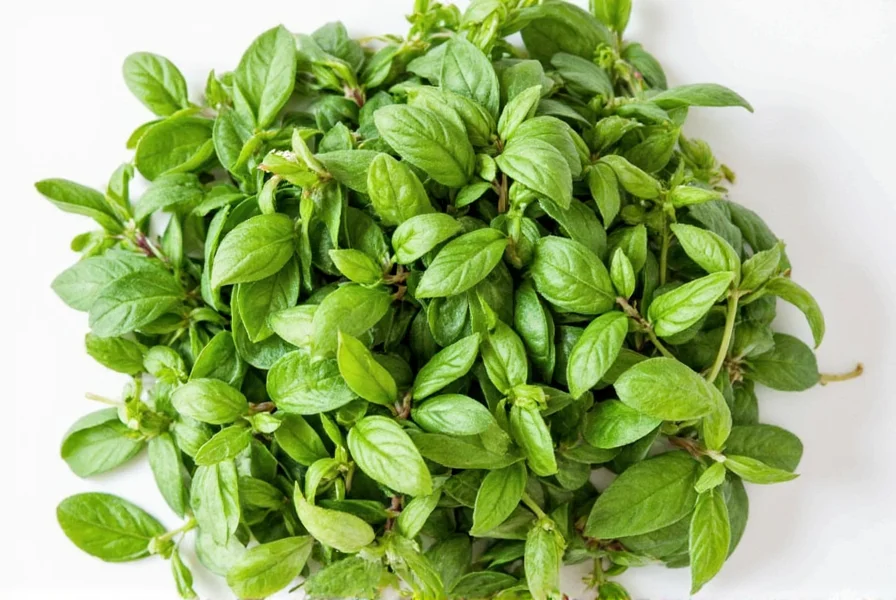
Flavor Profiles: Fresh vs. Dried Basil
Understanding the flavor difference between fresh and dried basil is key to making smart substitutions:
| Aspect | Fresh Basil | Dried Basil |
|---|---|---|
| Aroma | Vibrant, herbal, slightly minty | Subtly earthy with muted notes |
| Flavor Intensity | Strong, bright, and aromatic | Milder and more concentrated |
| Texture | Tender, juicy leaves | Crispy, crumbly |
| Best Used In | Raw dishes, finishing touches | Cooked dishes, long simmers |
The Ultimate Conversion Guide: Fresh to Dry Basil Equivalent
The general rule of thumb is this: 1 tablespoon of fresh basil equals approximately 1 teaspoon of dried basil. That might seem like a small amount, but it's because drying herbs concentrates their essential oils and flavors.
Here's a handy table to help visualize the substitution:
| Fresh Basil | Dried Basil |
|---|---|
| 3 tablespoons | 1 tablespoon |
| 2 tablespoons | 2 teaspoons |
| 1 tablespoon | 1 teaspoon |
| 1 teaspoon | 1/3 teaspoon |
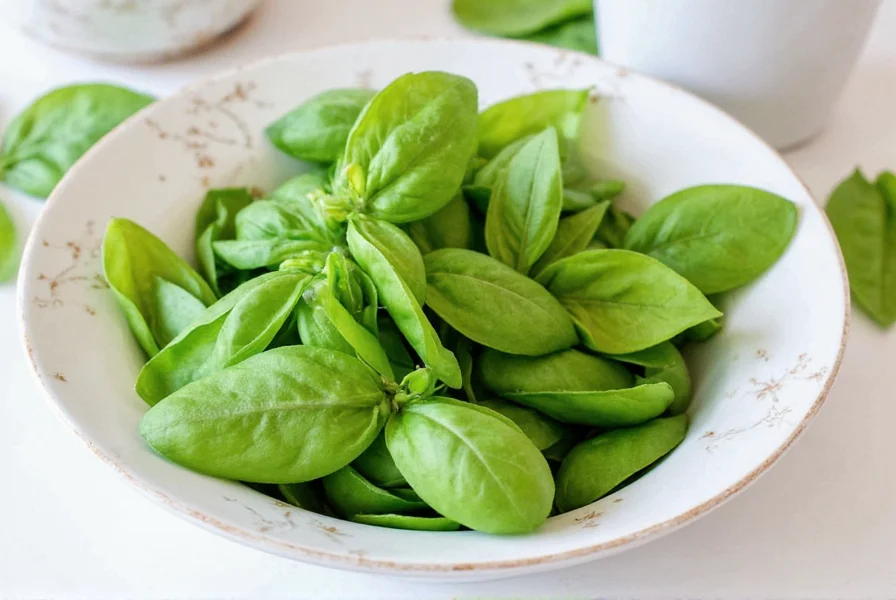
Why Does This Ratio Work?
- Fresh basil contains water and volatile oils that dissipate during cooking.
- Dried basil has already lost moisture, so the flavor becomes more potent.
- Using too much dried basil can result in a bitter or overly medicinal taste.
Cooking Tips for Using Both Forms
Knowing when to use each type can transform your meals. Here are some best practices:
- Fresh Basil: Add towards the end of cooking or serve raw in dishes like bruschetta, pesto, or Caprese salad. High heat wilts it quickly and dulls its flavor.
- Dried Basil: Best added early in the cooking process to allow time for the flavors to infuse into sauces, soups, or stews.
Pro Tip: Toast It First!
To enhance dried basil's aroma, toast it lightly in a dry skillet before adding it to your dish. This unlocks hidden layers of flavor without burning the spice.
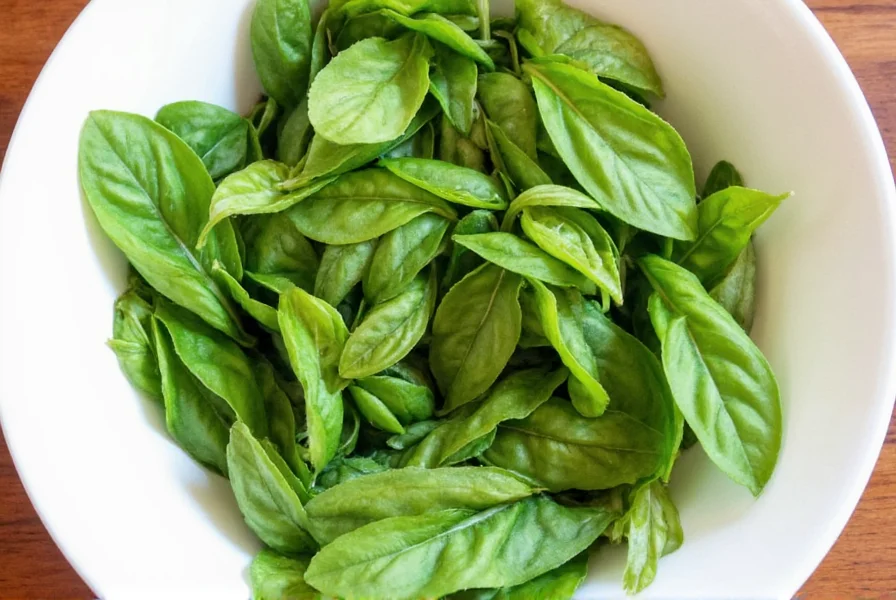
Buying Guide: What to Look For When Purchasing Basil
Whether you're buying fresh or dried basil, here's what to watch for:
Fresh Basil Buying Tips
- Look for vibrant green leaves with no signs of wilting or black spots.
- Avoid pre-packaged basil unless it's sealed and refrigerated.
- Buy organic if possible to avoid chemical residues.
Dried Basil Buying Tips
- Choose whole-leaf dried basil instead of powder for better flavor retention.
- Opt for reputable brands that offer clear expiration dates.
- Store in dark glass bottles to preserve color and potency.
Top Products We Recommend
| Product | Features | Use Case | Target Audience |
|---|---|---|---|
| Spice World Organic Basil | Powdered form, USDA certified, strong aroma | Rub mixes, marinades | Home cooks needing convenience |
| McCormick Culinary Basil Flakes | Whole leaf flakes, intense flavor, restaurant grade | Sauces, simmered dishes | Professional chefs and serious home cooks |
| Fresh Bunch of Genovese Basil | Deep green, fragrant, minimal stems | Pesto, garnishes, cold dishes | Culinary enthusiasts and gourmet chefs |
Storage Tips to Maximize Shelf Life
How you store basil determines how long it lasts—and how good it tastes when you finally use it.
Storing Fresh Basil
- Keep it in a glass of water like a bouquet at room temperature (not in the fridge).
- Cover loosely with a plastic bag to retain humidity.
- For longer storage, chop and freeze in ice cube trays with olive oil.
Storing Dried Basil
- Store in airtight containers away from light and heat.
- Replace every 6–12 months for optimal flavor.
- Keep a small container near the stove for everyday use and a larger stock jar elsewhere.
FAQ: Everything You've Wanted to Ask About Basil
What is the exact fresh to dry basil conversion ratio?
The standard conversion ratio is 3:1 fresh to dried basil. This means 3 tablespoons of fresh basil equals 1 tablespoon of dried basil. The general rule is 1 tablespoon of fresh basil equals approximately 1 teaspoon of dried basil. This ratio is crucial for maintaining proper flavor balance in your recipes.
Why is the fresh to dry basil ratio 3:1?
The 3:1 ratio exists because drying basil concentrates its essential oils and flavors while removing water content. Fresh basil is mostly water (about 90%), which evaporates during the drying process, leaving behind more concentrated flavor compounds. This concentration is why you need significantly less dried basil than fresh to achieve similar flavor intensity.
What happens if I use the wrong basil ratio in my recipe?
Using too much dried basil (by treating it as equivalent to fresh) will result in an overpowering, potentially bitter flavor. Using too little dried basil won't provide enough flavor impact. The most common mistake is using equal amounts of dried basil when a recipe calls for fresh, which typically makes dishes taste medicinal or unpleasantly strong. When in doubt, start with less dried basil and adjust to taste.
Can I Use Thai Basil Instead of Sweet Basil?
Thai basil has a spicier, licorice-like flavor. It's great in Asian cuisine but may alter the taste in Mediterranean dishes. Substitute only if desired for bold flavor profiles.
Is Frozen Basil as Good as Fresh?
Blanching and freezing basil retains most of its flavor. It won't look as pretty but works well in cooked dishes like soups or sauces.
Can I Make Dried Basil at Home?
Absolutely! Wash and pat dry fresh leaves, then air-dry them in a warm, ventilated space. Once brittle, crush and store in a sealed container.
What Are the Health Benefits of Basil?
Basil is rich in antioxidants and may support heart health and digestion. Some studies suggest it has anti-inflammatory properties. This information is for general knowledge only and not medical advice. Consult a healthcare professional for health concerns.
Conclusion: Master the Basil Balance
Whether you're working with a handful of fresh basil from your windowsill or reaching for a jar of dried on your spice rack, knowing the fresh to dry basil equivalent ensures your recipes hit all the right flavor notes. By understanding the nuances between these two forms, you'll never again be caught off guard when the wrong type is all you've got on hand.
So next time you're mid-recipe and wondering whether to add 1 tbsp or 1 tsp, remember the golden ratio: 1 tablespoon fresh = 1 teaspoon dried. With that trick in your pocket, your cooking will stay deliciously on track—every time.
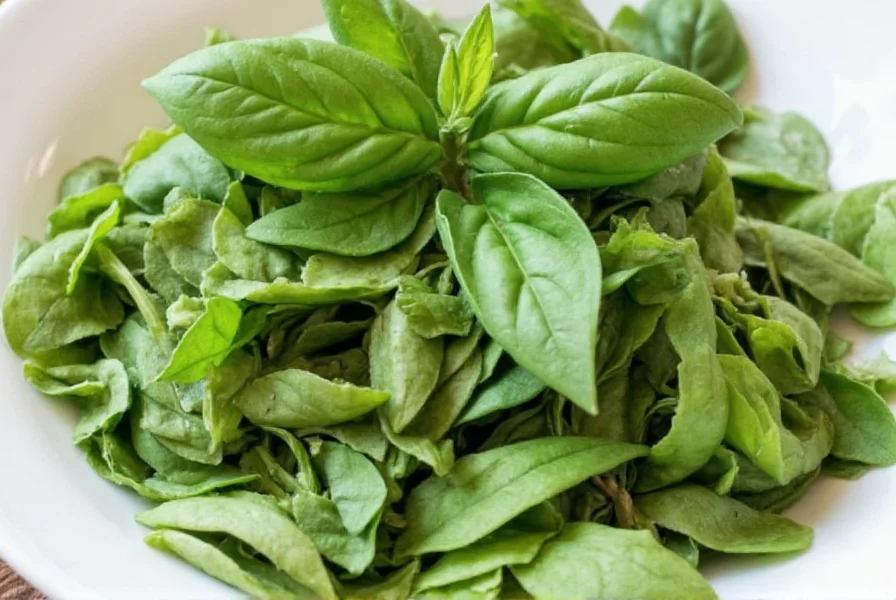
Now go out there and make basil work for you!










 浙公网安备
33010002000092号
浙公网安备
33010002000092号 浙B2-20120091-4
浙B2-20120091-4